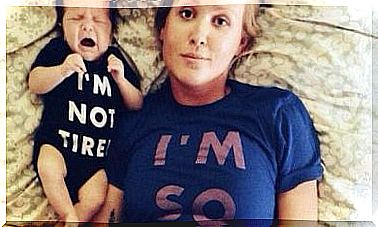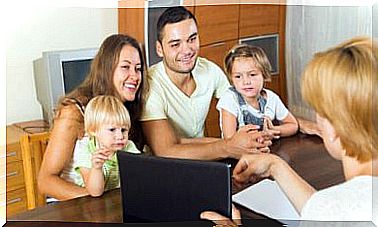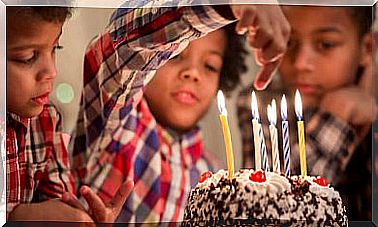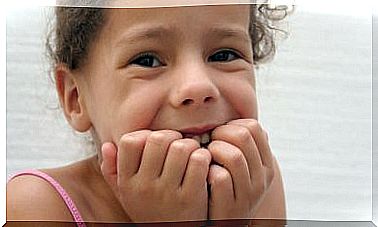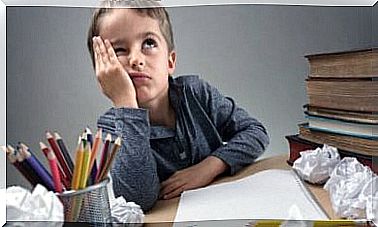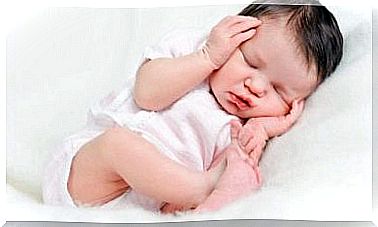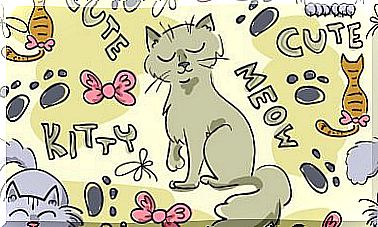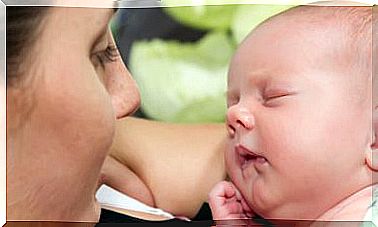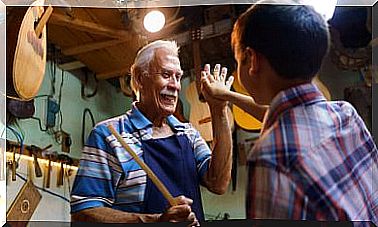The Benefits Of Painting For Children

Painting is a way of emotional expression in which all kinds of feelings can be expressed. Opinions, ideas, ways of seeing life … this manifestation of art is a clear reflection of the artist’s soul, and in childhood, it becomes key in physical, mental and social development. But beyond the different feelings and states of mind that can be expressed through art, painting, during childhood, offers other benefits.
In this article we will help you get to know them.
Painting as a psychomotor exercise
There is no doubt that in childhood painting is an effective psychomotor exercise that serves to achieve various abilities.
In the early stages, between the first and second year of life, painting helps a child to achieve the fine psychomotor skills that he must make his own at that stage.
Holding a pencil to make a stroke serves as training to strengthen the muscles of his hands and fingers, achieve correct hand-eye coordination, and master all his movements.
A good stepping stone to other skills
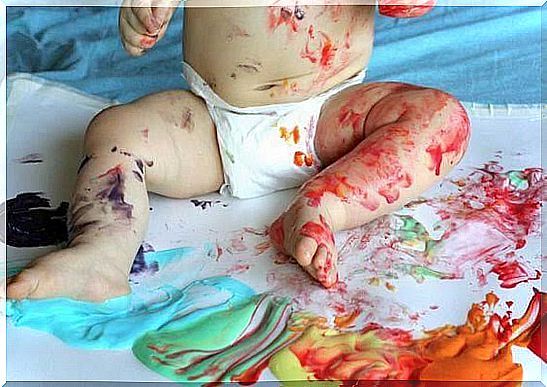
In the school stage, the child who learned, from an early age, to take and hold the pencil correctly to paint, will be able to write and make better lines than any other.
Mom, it is important that you know that painting facilitates the maturation of neural functions and empowers a child for an earlier and more effective assimilation of, let’s say, more complex skills that he will have to learn later.
Leisure and relaxation activity like no other
There is no doubt that the plastic arts and specifically drawing serves as a recreational activity, more than any other.
It is very easy to take a pencil, a crayon or a brush in your hands and start painting on a surface. Even when the child lacks these elements, a stick or stone from the patio can be used to create a beautiful drawing on the ground.
The relaxation that the minor finds while painting helps him to sleep better, to occupy his time in a healthy activity, to be more relaxed and to put a drop of tranquility to the hyperactivity that characterizes him <if that is the case>.
Painting to socialize, make friends, learn from others and be creative
If your child draws together with other children, the painting will serve to socialize with them and perhaps even form friendships.
While the children paint, they exchange ideas, they make comments about how beautiful someone else’s drawing is, they lend each other colors … all this helps them “practice” in terms of the social interaction that serves them so much, both in the moment they live, as in the future.
The child who pays attention and listens to his peers is capable of learning from them. The painting helps him to acquire new knowledge based on the comments, the work as such and the experiences of others. Thus, you can learn how to make a certain stroke, mix or combine colors, what to paint first, how to draw that …
If your child paints with other children, he will feel able to experiment on his own. Something like this will necessarily lead him to be a creative child who is not afraid to try this or that and practices looking for ways to overcome himself to overcome the obstacles he encounters along the way.
In order to be creative, the child “artist” must use his imagination and give him free rein when it comes to bringing a work to light.
The benefits of painting for children
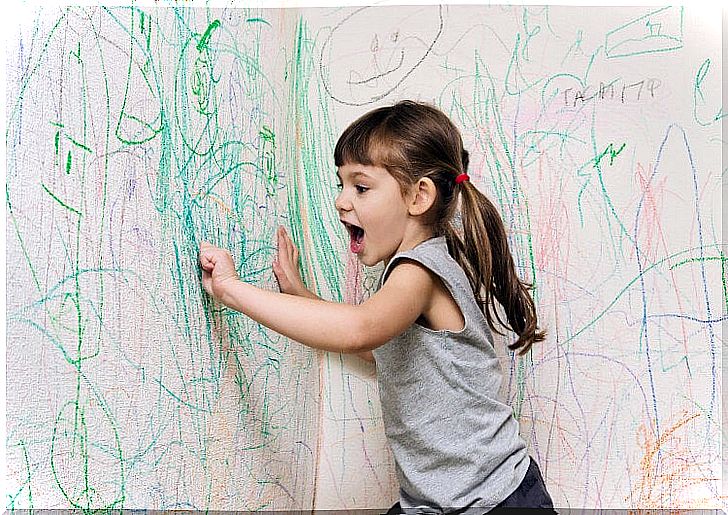
In general, painting provides innumerable benefits to children. It is a creative exercise that makes you happy and helps you develop your mind.
So give your child watercolors, tempers, crayons, chalk, colored pencils whenever you can, and invite him to paint.
Share with him quality time in which he can see you as his equal; someone who cares and puts effort into what he does.
If you take it into account, painting can be a good activity to detach it from the Tablet, laptop, mobile phone and other electronic devices that today occupy so many hours in the lives of minors.
